urea fertilizer
| Name | Urea |
| Other name | Carbamide |
| Chemical formula | CO(NH2)2 |
| CAS NO. | 57-13-6 |
| EINECS NO. | 200-315-5 |
| Solubility | highly soluble in water,practically non-toxic |
| Appearance | white/odorless/granular |
| Urea Coating | non |
| Size | 2.00mm—4.75mm |
| Purity(N content) | ≥46% |
| Moisture | ≤0.5% |
| Biuret | ≤0.9% |
| Release Type | Slow |
The function of nitrogen in plants
Urea used as base fertilizer and top dressing, sometimes used as seed fertilizer.
Urea is a molecular state before transformation, cannot be absorbed by soil, should prevent lossing with water ;
after transformation the ammonia is volatile, so also urea need deep application of soil.
Urea is suitable for all crops and all the soil,can be used as base fertilizer and top dressing,
and can be used for dry and paddy field.
Because of the transformation of urea in soil can accumulate a lot of ammonium ions,
will lead to the increasing of PH 2-3 units, itself contains a certain amount of Biuret and when the Biuret concentration reach 500ppm,
it will inhibit the effect of crop root and bud, therefore it is not suitable used for seed fertilizer..
Urea (nitrogen fertilizer) can promote cell division and growth, so that the branches flourish.
Nitrogen (N) is an essential element of plant growth and development and will produce a dark green healthy plant.
We carry Urea (46-0-0).
Phosphate (P) stimulates early plant growth and hastens maturity.
It is considered the “batteries” of a plant which stores and transfers energy.
We carry Diammonium Phosphate (18-46-0)and Monoammonium Phosphate (11-52-0)(12-61-0).
Potassium (K) stimulates early growth and increases protein production, plus improves water efficiency.
Potash, (0-0-60) as it is commonly known, increases drought resistance in plans and helps reduce plant water loss.






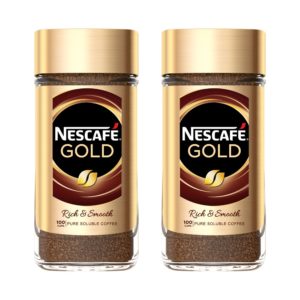
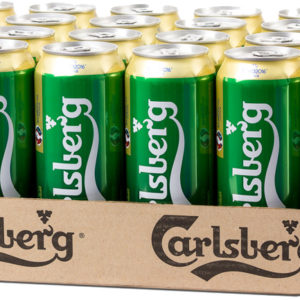
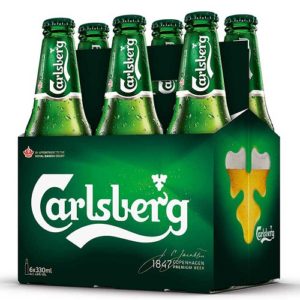
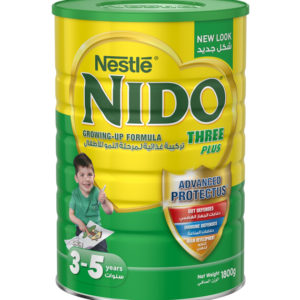
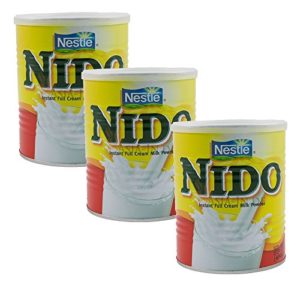
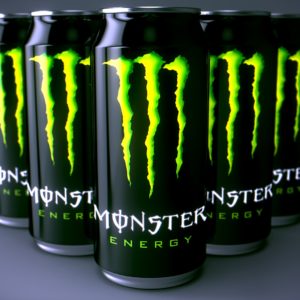
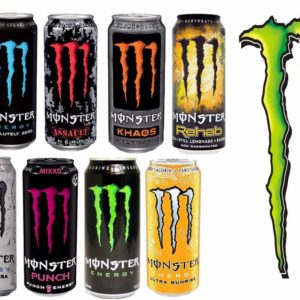
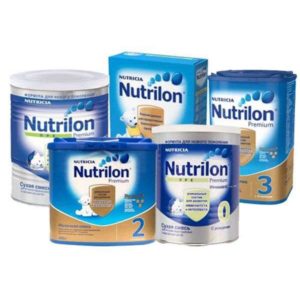

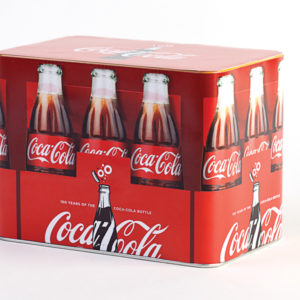
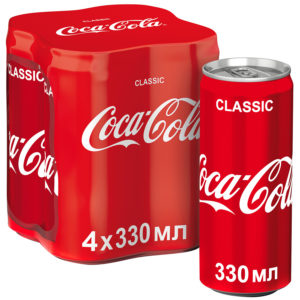

Be the first to review “Urea Fertilizer”